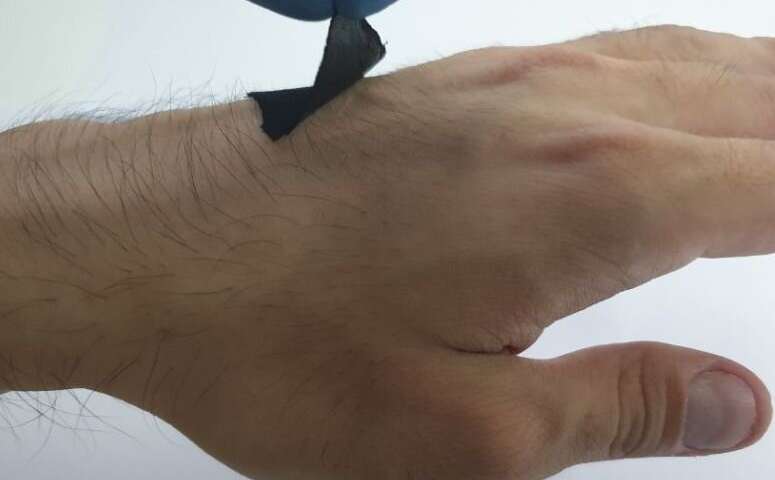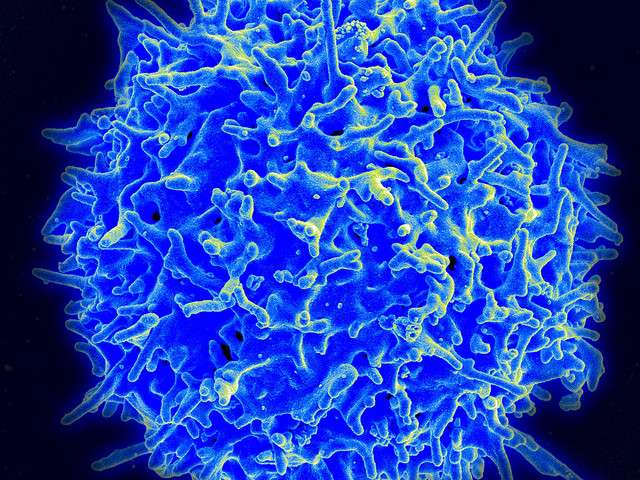People with benign hyper-pigmentation (the darkening or increase in the natural color of the skin), are willing to pay (WTP) nearly 14 percent of their monthly income and approximately 90 minutes a day to cure their condition. The study involved 85 adults with skin hyper-pigmentation who were surveyed on the number of hours per day they would be willing to give up as well as how much money they were willing to spend to potentially be cured of a condition. “Our findings highlight the substantial effect that benign hyper-pigmentation has…
Read MoreCategory: Skincare
Skin patch shows promise for children with milk-induced eosinophilic esophagitis
A new study from Children’s Hospital of Philadelphia (CHOP) finds that a skin patch may be useful in treating children with a painful, chronic condition called eosinophilic esophagitis (EoE) triggered by milk. Among 20 children with EoE who wore Viaskin Milk — a skin patch measuring just over an inch long containing trace amounts of milk protein — nine (47%) saw an improvement in their symptoms and normalization of their biopsies after 11 months. This is the first study to examine how this treatment, called epicutaneous immunotherapy, may help children…
Read MoreOctopus-inspired wearable sensor
Wearable electronics that adhere to skin are an emerging trend in health sensor technology for their ability to monitor a variety of human activities, from heart rate to step count. But finding the best way to stick a device to the body has been a challenge. Now, a team of researchers reports the development of a graphene-based adhesive biosensor inspired by octopus “suckers.” They report their findings in ACS Applied Materials & Interfaces. For a wearable sensor to be truly effective, it must be flexible and adhere fully to both wet…
Read MoreHow a member of a family of light-sensitive proteins adjusts skin color
A team of Brown University researchers found that opsin 3 — a protein closely related to rhodopsin, the protein that enables low-light vision — has a role in adjusting the amount of pigment produced in human skin, a determinant of skin color. When humans spend time in the sun without proper skin protection, the sun’s ultraviolet (UV) radiation signals the skin to produce more melanin — which protects against the cancer-causing effects of the radiation — and become darker. There are two parts to solar UV radiation: short wavelength radiation…
Read MoreNew findings could lead to improved vaccinations against sexually transmitted infections
In a study published today in the Nature Communications, researchers from King’s College London have shown how skin vaccination can generate protective CD8 T-cells that are recruited to the genital tissues and could be used as a vaccination strategy for sexually transmitted infections (STIs). One of the challenges in developing vaccines for STIs, such as HIV or herpes simplex virus, is understanding how to attract specialised immune cells, called CD8 T-cells, to take up residence in the part of the body where the virus first enters. These cells need to be…
Read More


